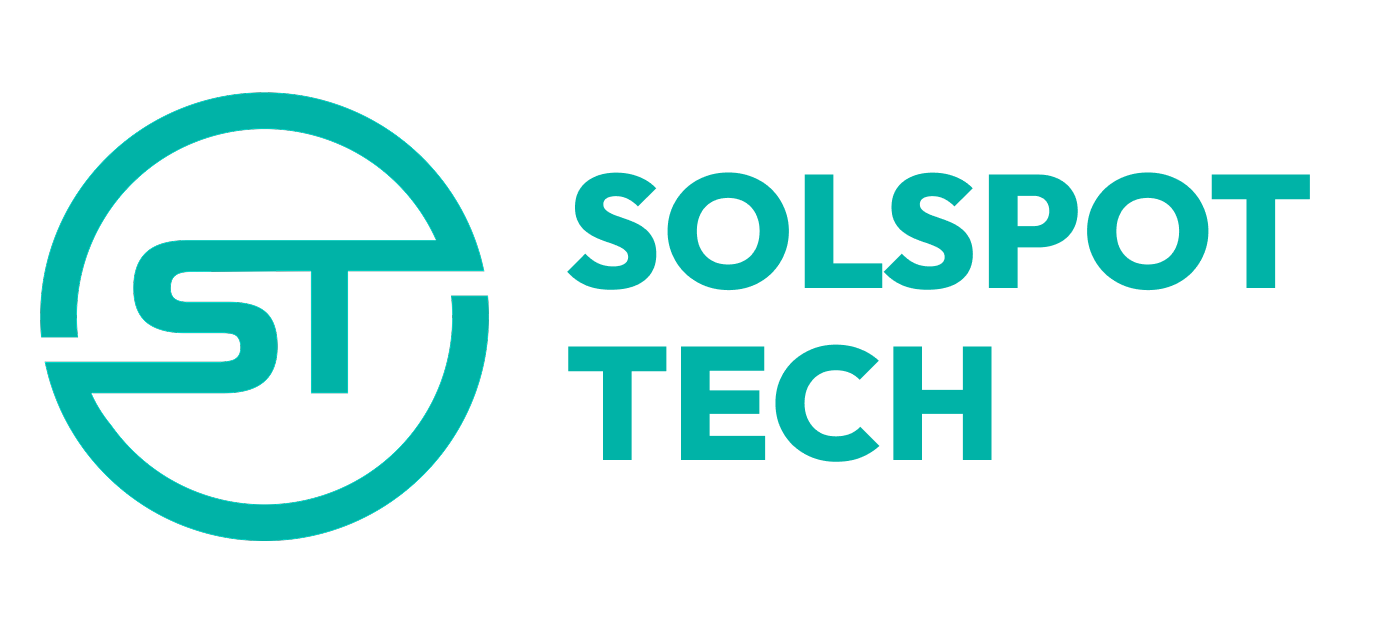Ancient Egypt’s rich tapestry of religious symbolism often centered around animals, particularly in the depiction of gods with animal heads. These representations were more than artistic choices—they embodied complex ideas about divine power, spiritual qualities, and societal values. Exploring why animal heads were used as symbols of divine authority offers a window into how ancient Egyptians understood the universe, their gods, and their rulers.
- The Concept of Divine Power in Ancient Egypt
- Why Animal Heads Were Chosen to Represent Divine Power
- The Role of Animal Mummies and Religious Practices
- The Use of Animal Symbols in Sacred Art and Architecture
- The Eye of Horus: A Modern Illustration of Ancient Symbolism
- Connecting Symbolism with Practical Knowledge: Time and Measurement in Ancient Egypt
- Non-Obvious Depth: The Psychological and Cultural Impact of Animal Divinity
- Conclusion: The Enduring Legacy of Animal Head Symbols of Divine Power
The Concept of Divine Power in Ancient Egypt
In ancient Egyptian culture, divine power was not only associated with gods but also deeply intertwined with kingship and cosmic order. Pharaohs were considered earthly embodiments of divine authority, maintaining Ma’at—the fundamental principle of truth, balance, and order. This divine authority was often expressed visually through symbols and attributes that conveyed strength, wisdom, protection, and control over natural and spiritual realms.
Egyptian symbolism served as a language that communicated qualities of the divine—attributes like vigilance, resilience, and compassion. For example, the falcon-headed god Horus represented kingship and the sky, embodying divine vigilance and authority. These symbols bridged the human and divine, reinforcing the belief that the ruler was a divine intermediary.
Why Animal Heads Were Chosen to Represent Divine Power
Symbolic Attributes of Specific Animals
Animals in Egyptian mythology were selected for their unique traits. The lion’s strength and ferocity symbolized protection and power, as seen in Sekhmet, the lion-headed goddess of war. The ibis, associated with Thoth, was revered for wisdom and knowledge. The jackal, linked to Anubis, represented protection in the afterlife. These qualities made animals perfect vessels to embody divine traits, allowing humans to relate to the gods through familiar symbols.
Spiritual and Practical Reasons for Animal Associations
Beyond symbolism, animals played practical roles in Egyptian society—used in rituals, offerings, and as sacred protectors. Their behaviors and natural qualities were seen as manifestations of divine will. For instance, the nocturnal habits of certain animals were linked to spiritual mysteries, reinforcing their divine status and making them integral to religious practices.
Psychological Impact of Animal Symbolism
Animal-headed deities served as powerful visual tools to inspire awe and reverence. They also conveyed complex spiritual concepts in an accessible manner. The familiarity of animals helped embed divine qualities into societal consciousness, influencing behaviors, morals, and cultural values rooted in these symbolic representations.
The Role of Animal Mummies and Religious Practices
Over 70 million animal mummies have been discovered, highlighting the significance of animals in religious rituals. These mummifications were believed to maintain the spiritual essence of animals, serving as offerings to gods or as divine proxies that could intercede with the divine realm on behalf of humans. Animal sacrifices and offerings formed a core part of Egyptian religious life, reinforcing the bond between humans, animals, and gods.
The mummified animals, often kept in temples or tombs, acted as tangible symbols of divine power, embodying the divine traits associated with their living counterparts. They also facilitated ongoing rituals and festivals, ensuring a continuous connection with the divine.
The Use of Animal Symbols in Sacred Art and Architecture
Egyptian temples and tombs are adorned with depictions of gods with animal heads, serving as visual representations of divine authority. For instance, Horus is often shown with a falcon head, symbolizing kingship and the sky, while Bastet appears with a lioness or domestic cat head, embodying protection and femininity.
| God | Animal Head | Symbolic Meaning |
|---|---|---|
| Horus | Falcon | Kingship, Sky, Vigilance |
| Bastet | Cat/Lioness | Protection, Femininity |
| Anubis | Jackal | Death, Afterlife, Protection |
These visual symbols created a visual language of divine authority, making abstract divine qualities tangible and recognizable to worshippers.
The Eye of Horus: A Modern Illustration of Ancient Symbolism
Historical Background and Significance
The Eye of Horus is one of the most enduring symbols from ancient Egypt, representing protection, health, and restoration. Originating from mythological stories where Horus’s eye was injured and subsequently restored, it became a talisman believed to ward off evil and promote well-being.
Mathematical Aspect: Horus Fractions
The Eye of Horus is also associated with a set of fractions used in ancient Egyptian mathematics: 1/2, 1/4, 1/8, 1/16, 1/32, and 1/64. These fractions summed to 63/64, symbolizing completeness and balance, with a small margin representing the divine’s perfection. This numerical system reflects how the ancient Egyptians integrated spiritual symbolism with practical knowledge, such as measurements and calculations.
Divine Power and Balance
The Eye of Horus encapsulates the idea of divine power and harmony—an all-seeing, protective force that maintains cosmic order. Its use in amulets and jewelry demonstrates how symbolism can translate into tangible artifacts that reinforce divine qualities in daily life. As a modern illustration, it exemplifies the timeless connection between spiritual symbolism and practical application.
Connecting Symbolism with Practical Knowledge: Time and Measurement in Ancient Egypt
Ancient Egypt’s mastery of measurement—evident in devices like water clocks (clepsydras)—highlighted their pursuit of precision. These clocks could measure time within ±5 minutes, reflecting a societal value placed on accuracy and order. The symbolic role of measurement extended to divine authority, where cosmic and social order depended on precise knowledge and control.
The integration of symbolic imagery, such as the Eye of Horus, with technological innovations like water clocks, demonstrates how ancient Egyptians connected spiritual ideals with practical achievements, reinforcing their worldview that divine power and human knowledge are intertwined.
Non-Obvious Depth: The Psychological and Cultural Impact of Animal Divinity
Animal-headed gods fostered societal cohesion by embodying shared values and ideals. The familiarity of animal traits—strength, agility, wisdom—made divine qualities accessible and aspirational. These symbols influenced societal behaviors, encouraging virtues such as protection, loyalty, and resilience.
“The enduring power of animal-headed deities lies in their ability to embody divine traits in forms that resonate deeply within human consciousness.”
Today, these symbols continue to influence modern cultural and spiritual contexts, illustrating their lasting psychological resonance.
Conclusion: The Enduring Legacy of Animal Head Symbols of Divine Power
Ancient Egyptian reliance on animal heads as symbols of divine power was rooted in their desire to embody specific qualities—strength, wisdom, protection—in tangible forms. These symbols served as bridges between the spiritual and physical worlds, reinforcing societal values and religious beliefs. The Eye of Horus exemplifies how such symbols have transcended time, becoming modern emblems of protection and balance.
Understanding these symbols enriches our appreciation of ancient Egyptian culture and highlights the universal human tendency to seek divine qualities through familiar, powerful imagery. They remind us that symbols are not merely decorative—they are profound expressions of our collective quest for meaning, order, and power.

